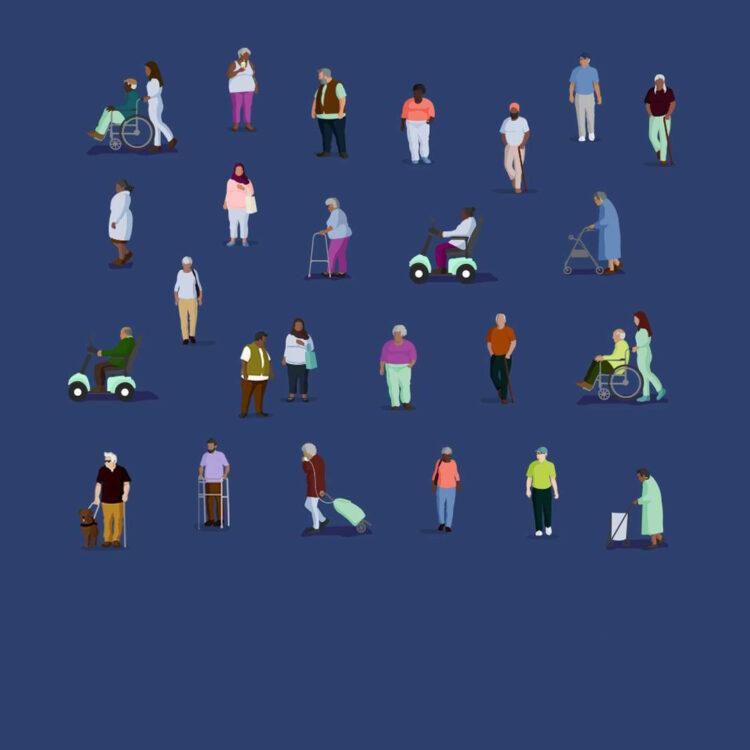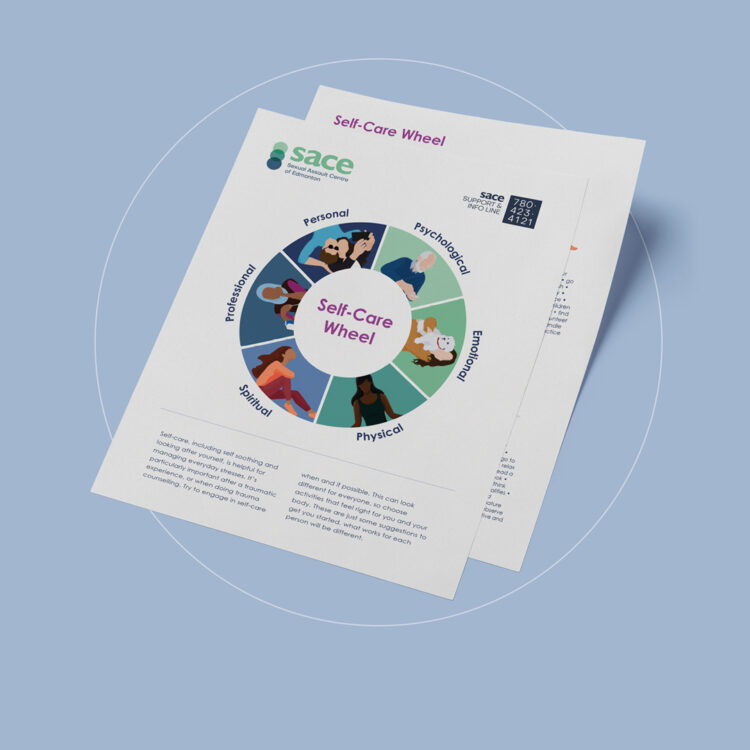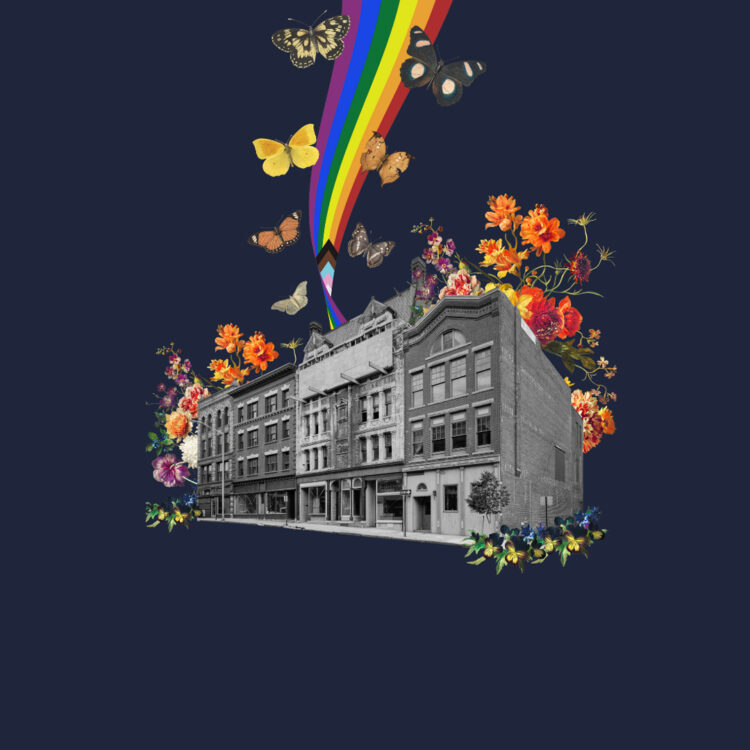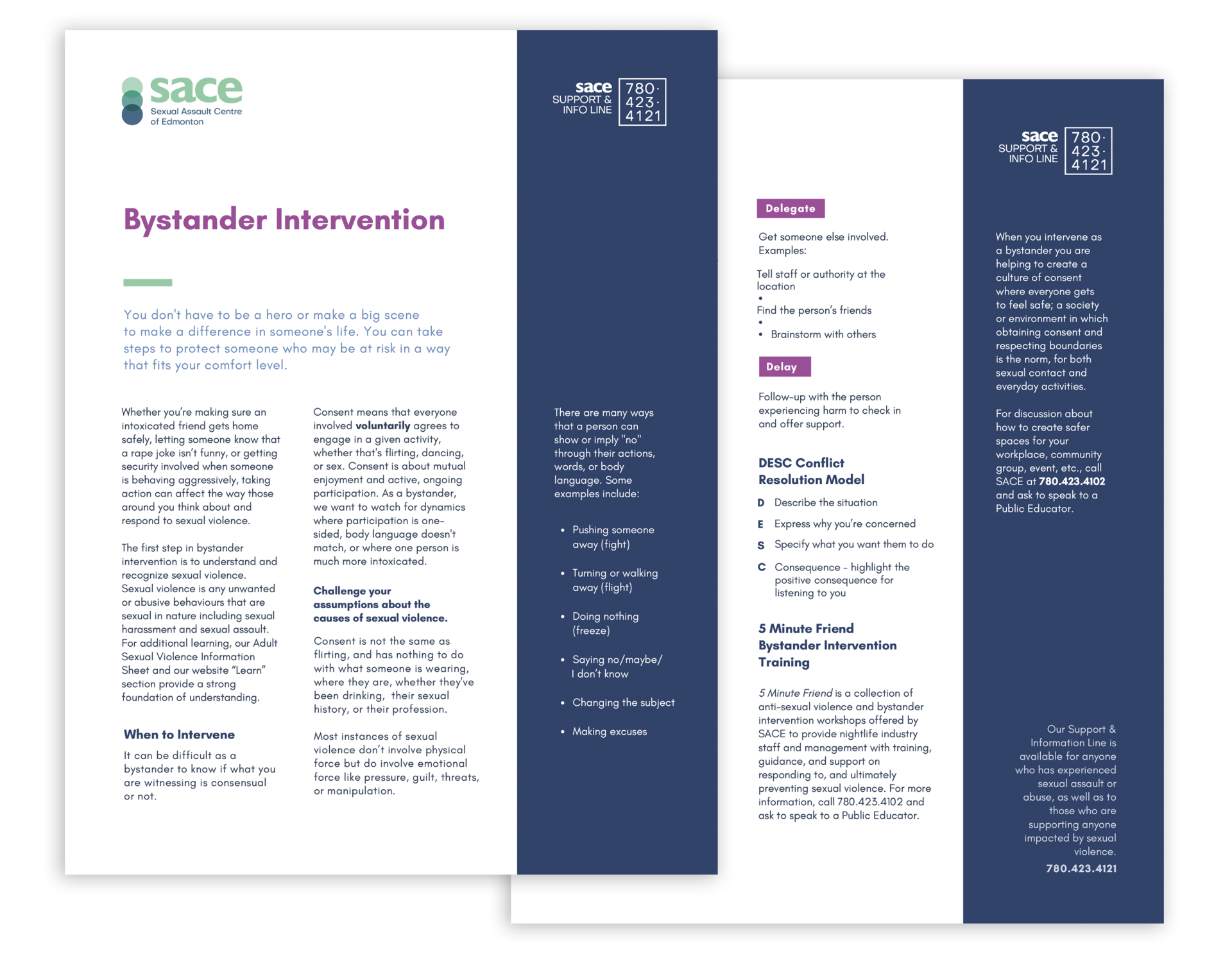It’s notable that there’s more than just gendered dynamics going on with these forms of victim blaming. There are other oppressive dynamics lending themselves to these forms of victim blaming too, like homophobia (“So he’s gay?”), racism, classism, and ableism (“That’s just what happens in prison”), on top of the gendered patriarchal assumptions from the Man Box like men always want sex, men are strong and can always defend themselves, and more. Just like with survivors of all genders, men and masculine folk can also internalize these victim blaming beliefs, which can keep them from opening up about their experiences, and can make the process of healing more difficult.
Another way conventional masculinity connects to sexual violence is it can lead people to use sexually violent behaviour, including sexual harassment and sexual assault. Some of the conventional masculine traits found in the Man Box, such as being very sexually active, in control, strong, tough, and heterosexual, contribute to Rape Culture and feelings of entitlement to women and femme folk. These norms can encourage people to exert power and control over others, especially women, children, and feminine folk. They can also restrict emotional capacities like empathy that may otherwise deter one from causing harm, as well as help one understand the impact of such harmful actions.
Conventional masculine norms like being competent, independent, and tough puts pressure on men and masculine people to not ask for help and not ask questions, even when they’re not sure what to do. These pressures can affect sexual activity, turning it into an endeavour where a “real man” should just know what to do without ever asking what partners actually want during sexual activity. And norms like being successful, very sexually active, and in control can amplify the pain of rejection with the pain of failing at masculinity. This can contribute to a culture of not asking for consent, choosing to risk harming others in order to protect against the possibility of rejection, and the pain that comes with it.
When it comes to the connection between sexual violence and the norms that can contribute to it, we know that women and non-binary folk can and do act out in these ways too. With the harmful conventional masculine norms listed above, the trend is that men will be more likely to tap into these patterns of behaviour than women and nonbinary folk, even though it’s only some men who do it, and even though some women and nonbinary folk do it too. This trend is very apparent in the statistical differences among gender identities of those who use sexually harmful behaviours, with sexual violence generally being caused by men. Patriarchy normalizes this trend of men causing sexual violence with outdated societal messages like “boys will be boys”, “men are naturally more aggressive”, and “men have sexual impulses and cannot control their actions”. These are ways that sexual violence is normalized as routine, understandable, forgivable, or just “not that bad”.
So, if conventional masculine norms are simultaneously harming men’s mental health, making it harder for men and boys to disclose and heal from sexual trauma, and contributing to sexual violence, what can we do to engage men, boys and masculine folk?
What Can We Do?





























